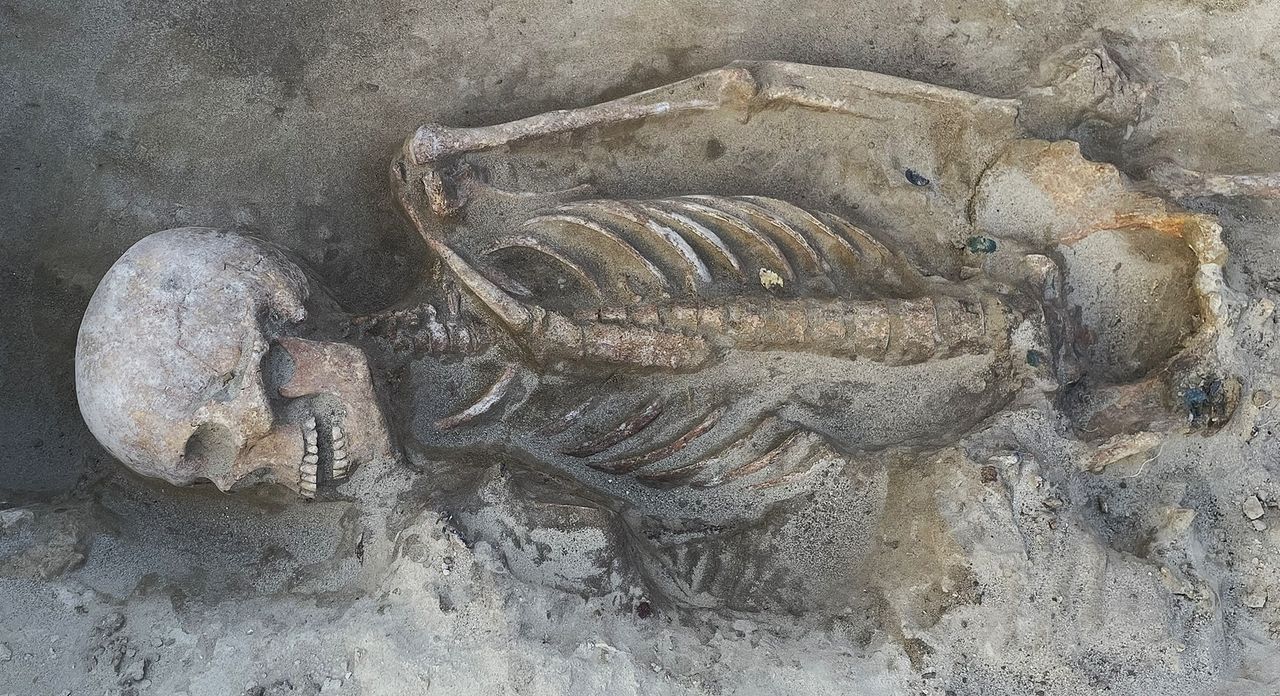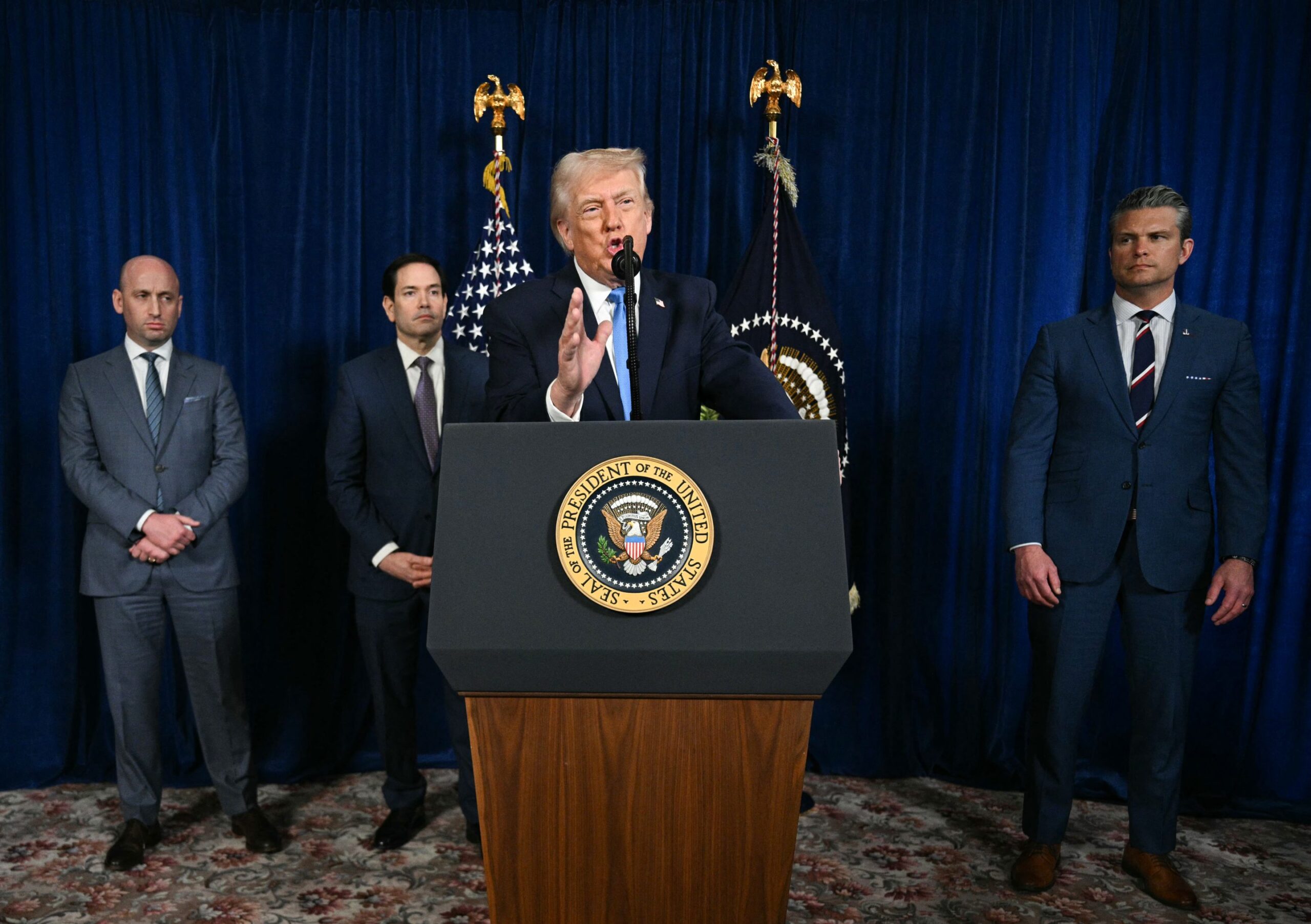Museums displaying “traditional” Tibetan shrines often lean on a Western aesthetic that lacks the academic rigor to reflect their profound variety. This perspective challenges how cultural institutions handle authenticity, suggesting a wider conversation about respectful and informed curation.
The Fetishistic Fiction of Museum “Tibetan” Shrines
Key Takeaways:
- Institutions are accused of presenting a stylized, “traditional” Tibetan shrine.
- Displays lack in-depth scholarly research and holistic cultural insights.
- The real diversity of Tibetan Buddhism is largely absent in these exhibitions.
- The piece is an opinion by author Melissa R. Kerin critiquing these museum practices.
- Published in Hyperallergic, it highlights the political and cultural stakes of representation.
Introduction
Museums around the world often strive to immerse visitors in new cultural experiences. Yet according to an article by Melissa R. Kerin, these same institutions may risk oversimplifying the complex traditions of Tibetan Buddhism. At the center of her critique is a focus on stylized portrayals of so-called “traditional” Tibetan shrines.
Critique of Westernized Aesthetics
Kerin argues that the primary flaw lies in museums’ tendency to adopt a Western aesthetic of Tibetan shrines. This Western lens can lead to exhibits that emphasize visually arresting elements while glossing over deeper spiritual and cultural contexts. As the article notes, such choices may inadvertently reduce nuanced spiritual traditions to exotic décor.
Lack of Scholarly Foundations
A key concern is the apparent lack of academic rigor behind these exhibitions. Without proper consulting of scholars or reference to the richly documented practices of Tibetan Buddhism, museums risk conveying an incomplete or misleading narrative. Kerin’s piece suggests that the term “traditional” is used too loosely, with little evidence of the meticulous scholarship needed to support these claims.
Missing Diversity
One of the author’s central points is that labeling these shrines as “traditional” negates the “limitless lived variety” seen across Tibetan communities. The vibrant diversity of Tibetan Buddhist practice—evolving customs, regional differences, and individual variations—is often absent. By relying on a single standardized format, museums may undermine public understanding of the faith’s real breadth.
Cultural Implications
Why does this matter? Cultural exhibits shape perceptions, especially for visitors with little prior knowledge. Inaccurate or incomplete presentations can create lingering misunderstandings. The article underlines the ripple effect that flawed exhibits might have in shaping both public opinion and scholarly discourse.
Conclusion
Kerin’s argument, published by Hyperallergic, calls for more responsible and informed approaches to curating Tibetan shrines. Rather than relying on a narrow, Westernized template, museums are encouraged to embrace the depth and variety of real-life practices. As cultural institutions broaden their lens, they stand to foster more respectful, inclusive, and accurate representations of global traditions.











